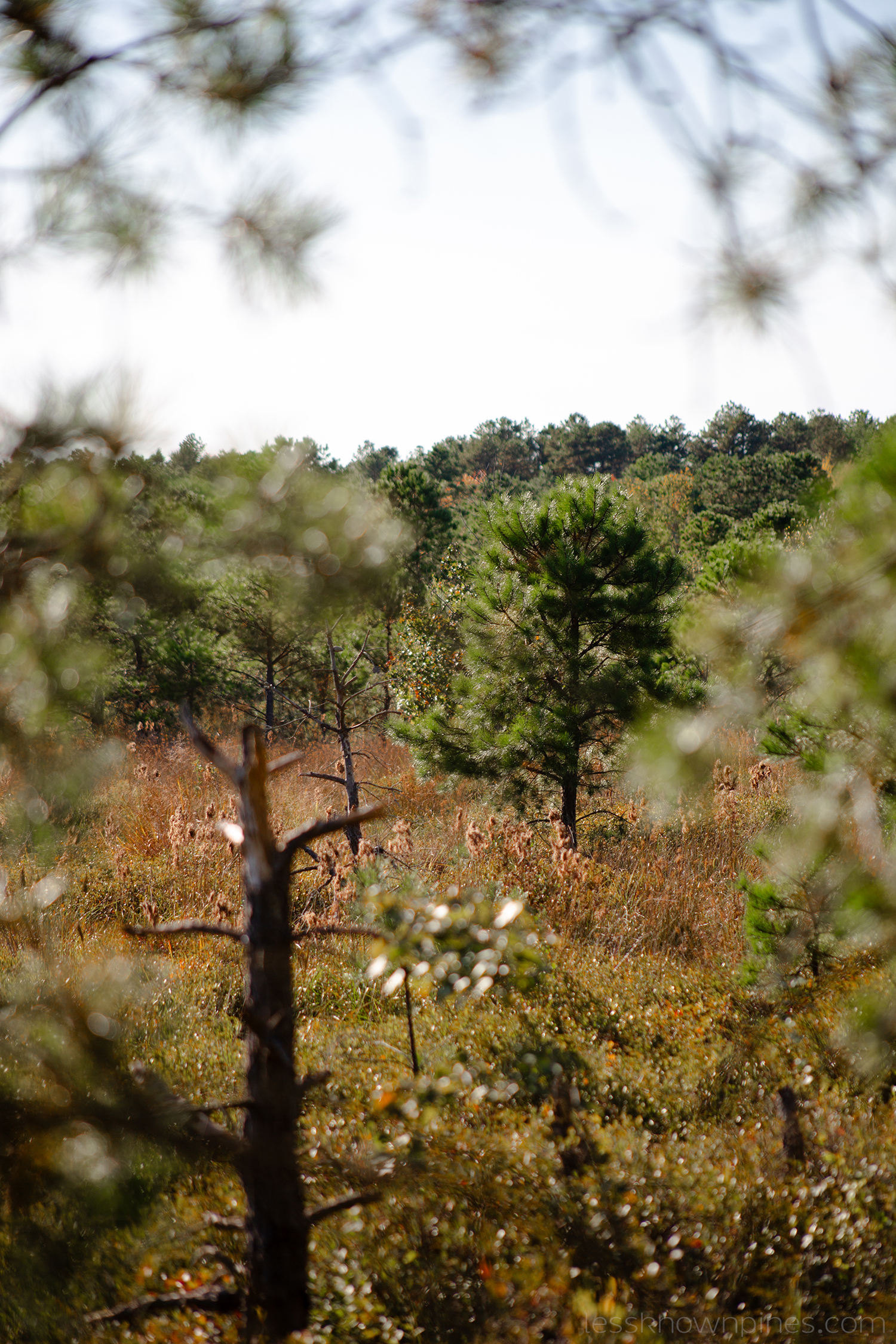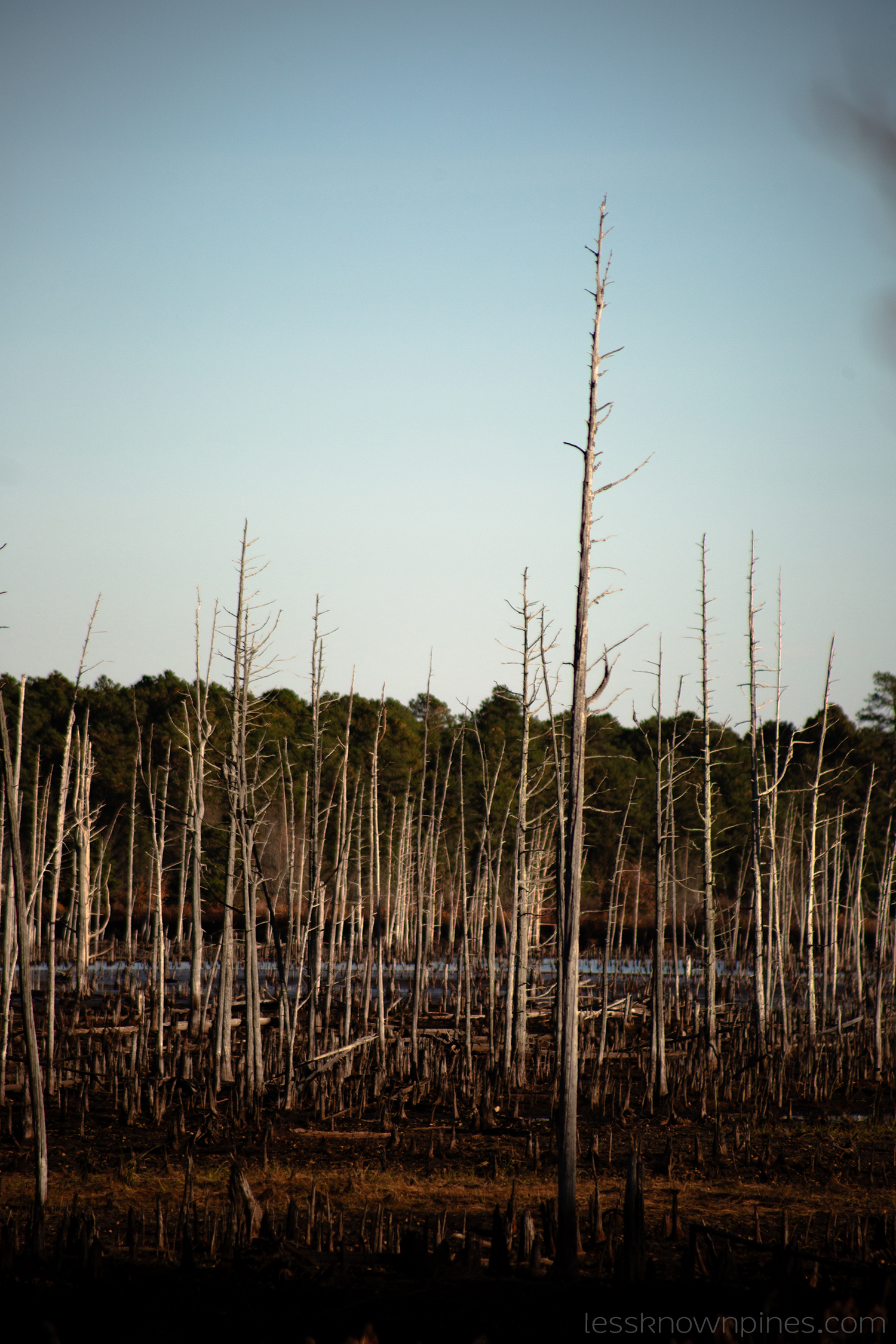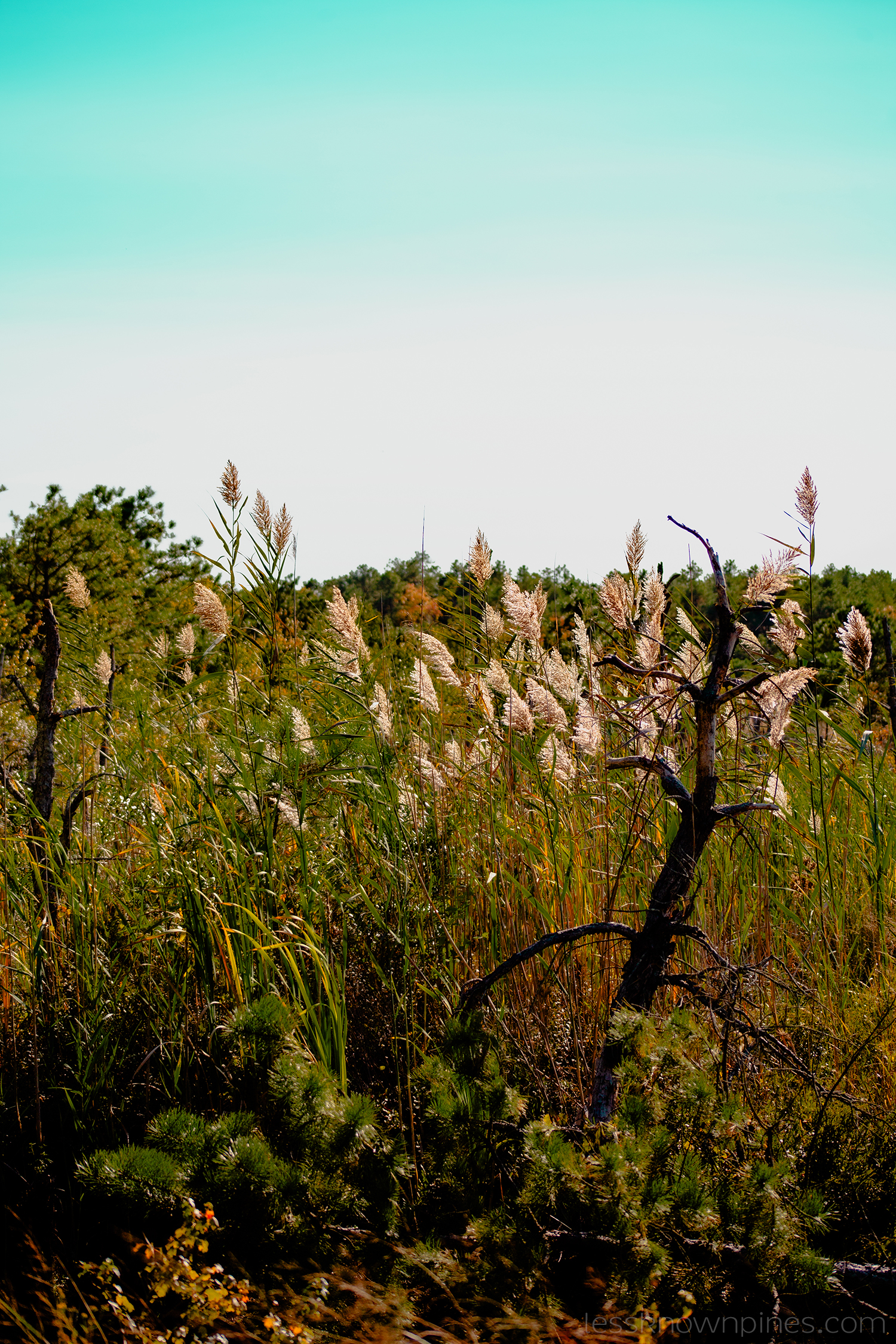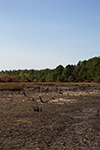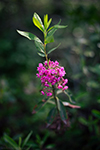Swamps
A significant portion of what makes up the Franklin Parker Preserve is its extensive swamps. This complex system of swamps helps sustain many different plant and animal species. Just like the pitch and cedar forests, the marshes and surrounding land invite many different native pineland species.
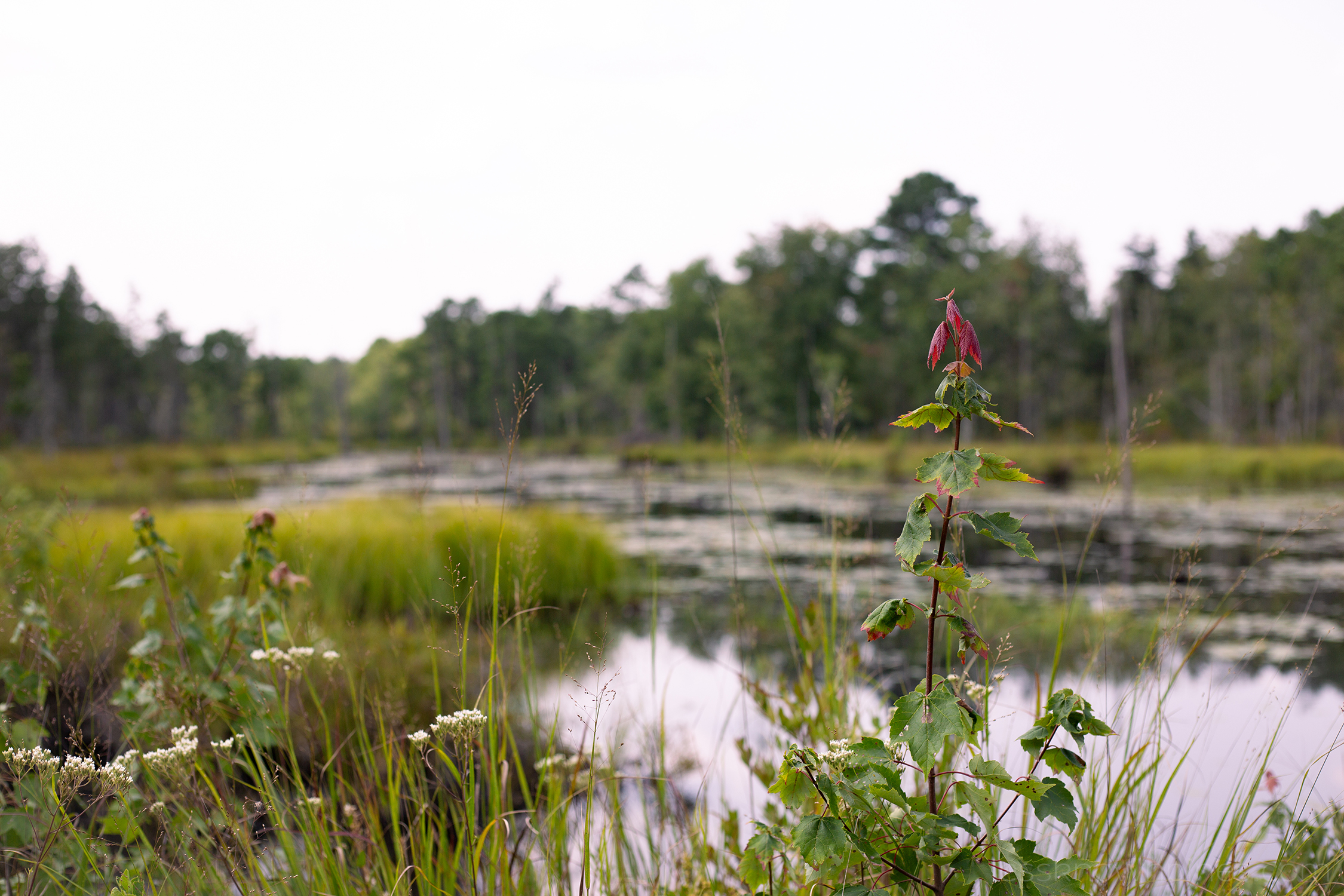
The swamps throughout this preserve come in various forms. Some are deeper than others, while some may have more vegetation. Below are the different types of swamps that the team has identified.
Rivery Swamp
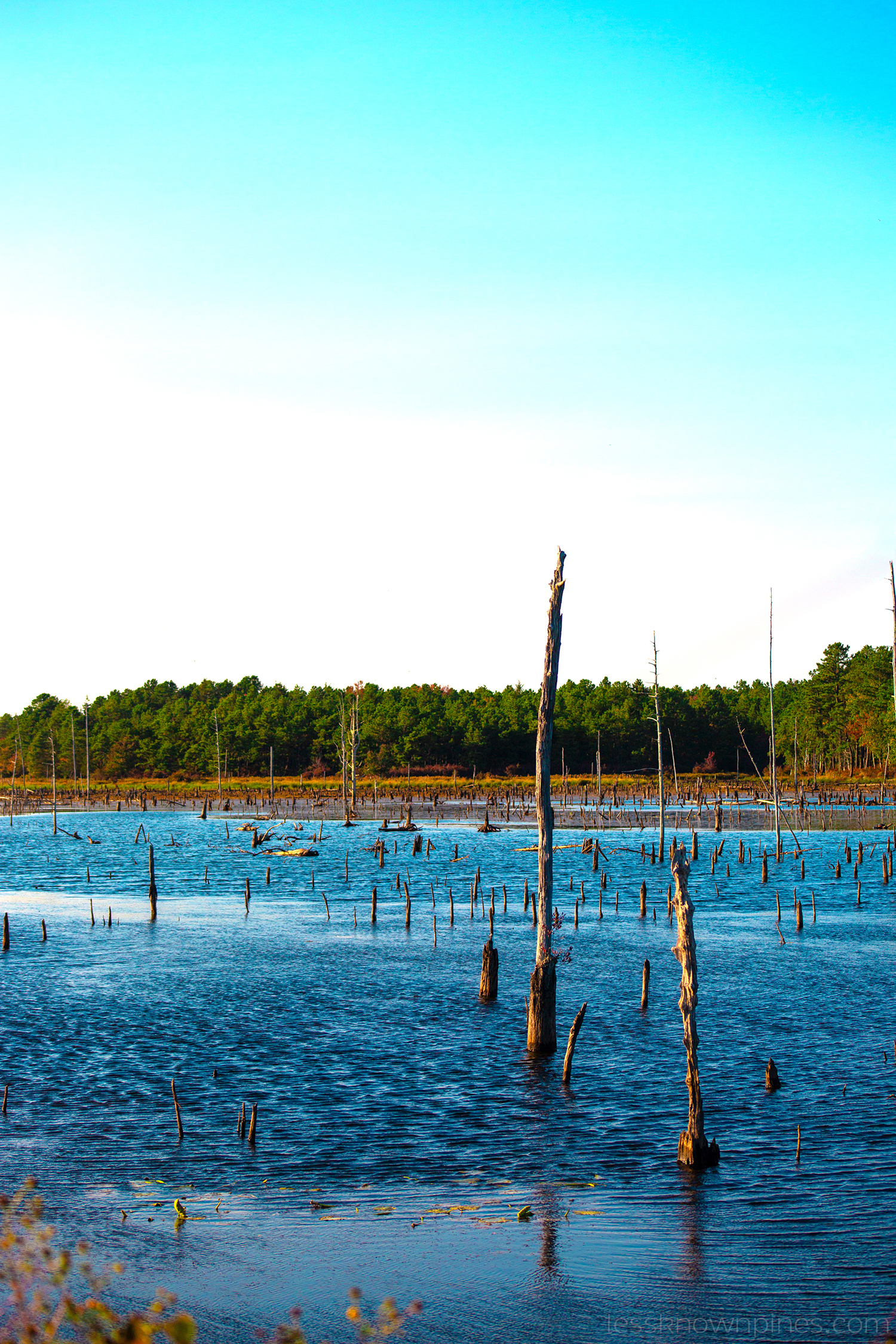
This is the kind of swamp that is more similar to a river. It may be deeper, but it doesn't have to be that way. Some of the river-like swamps may even be a part of a real river.
Pond/Lake Swamp
The swamps, which are similar to ponds and lakes, are the most common type found here. Although the swamps are not nearly as deep as a real river, plenty of plants and animals, including fish, live in them.
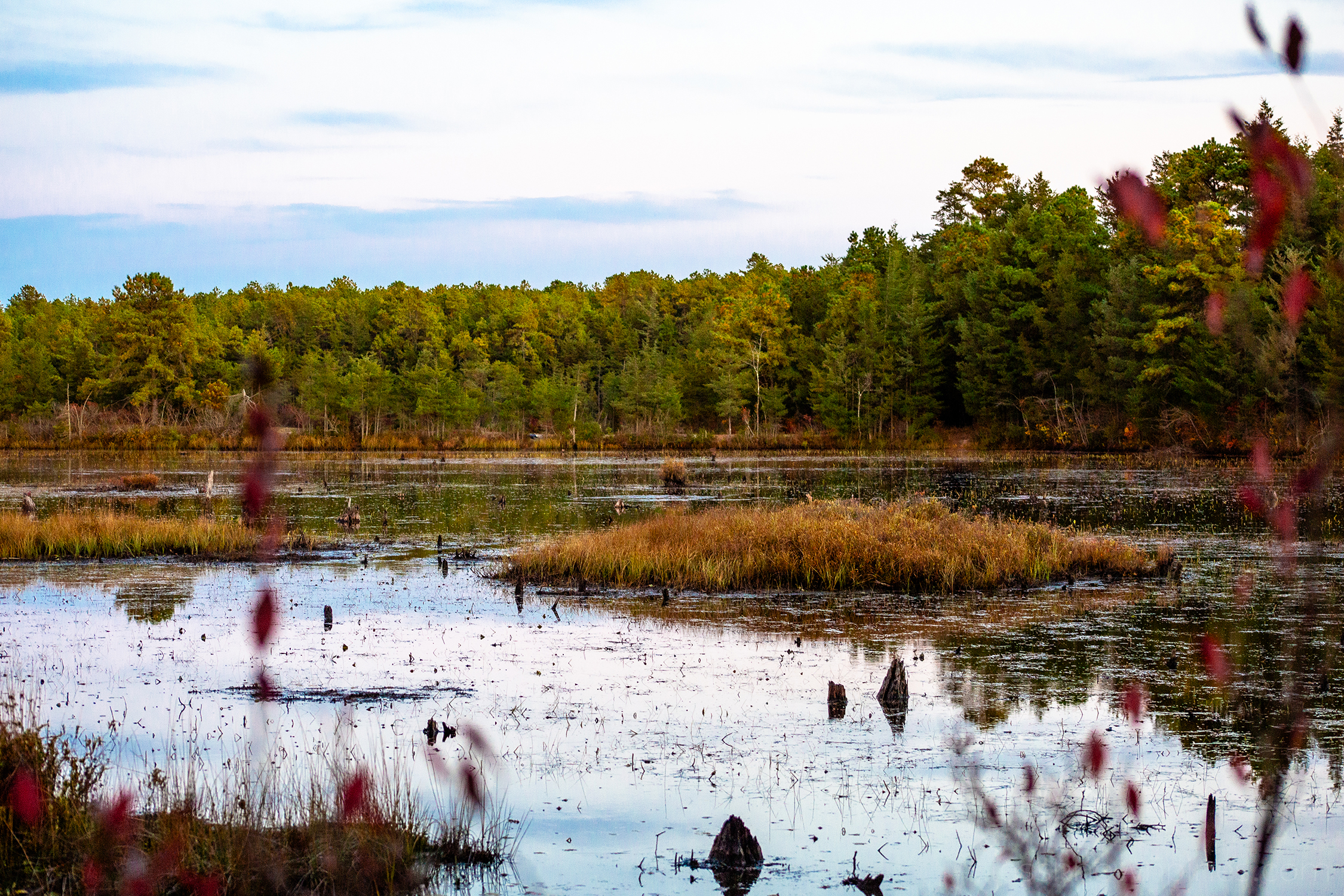 Swamp is not only large in surface area but also has its own islands
Swamp is not only large in surface area but also has its own islands
In the first photo below, a grass island is visible in the swamp. Many of the lake-like swamps will have these.
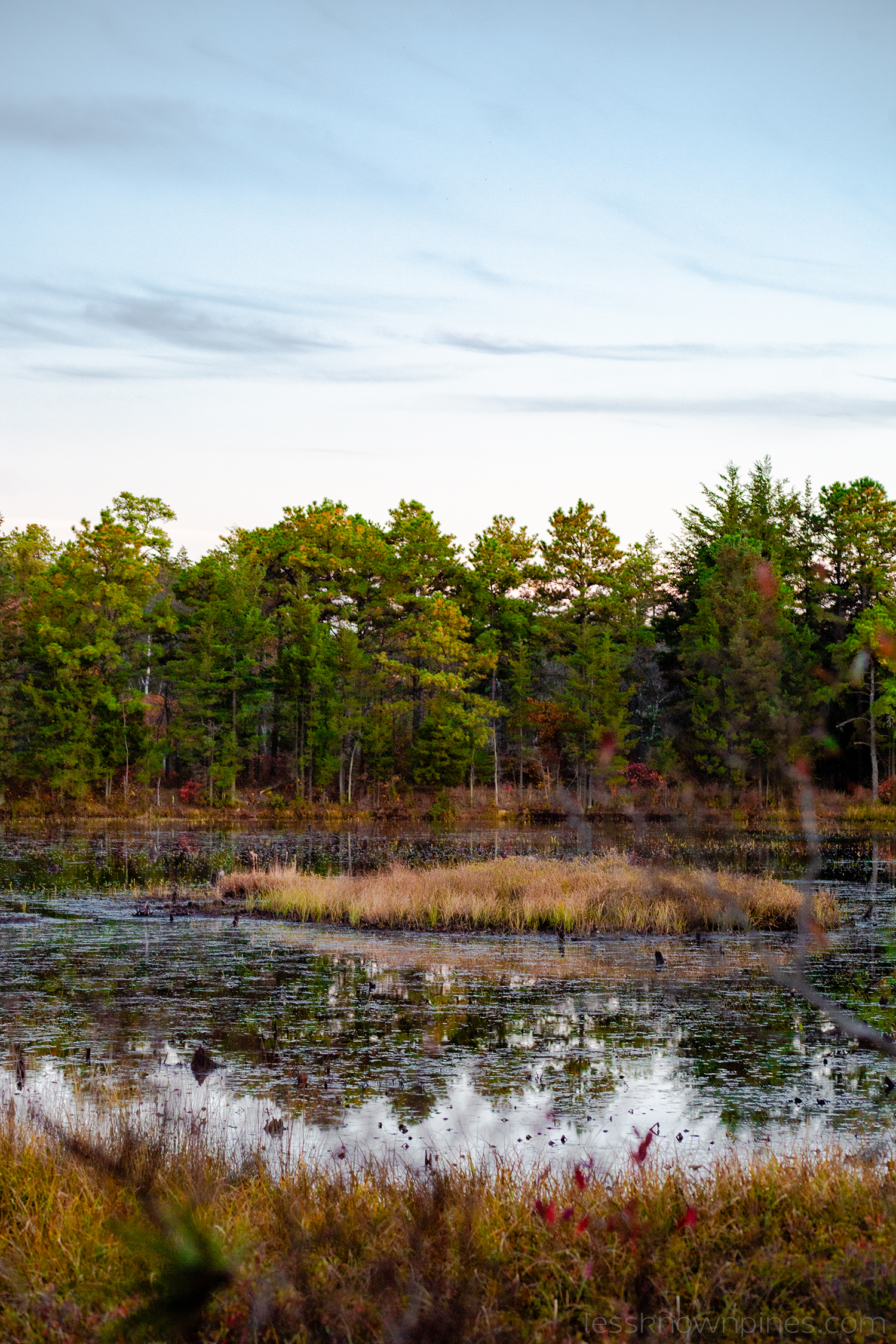
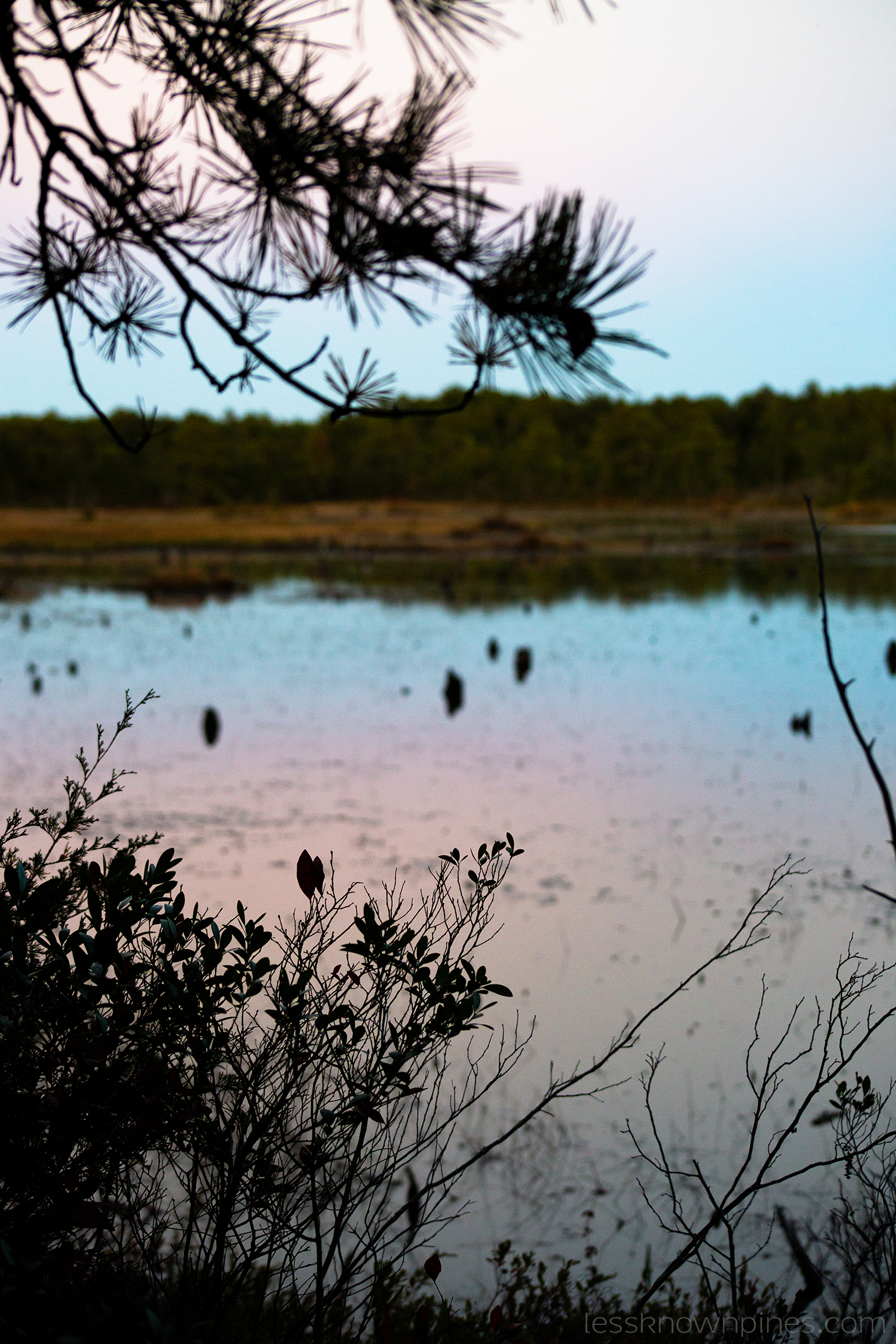
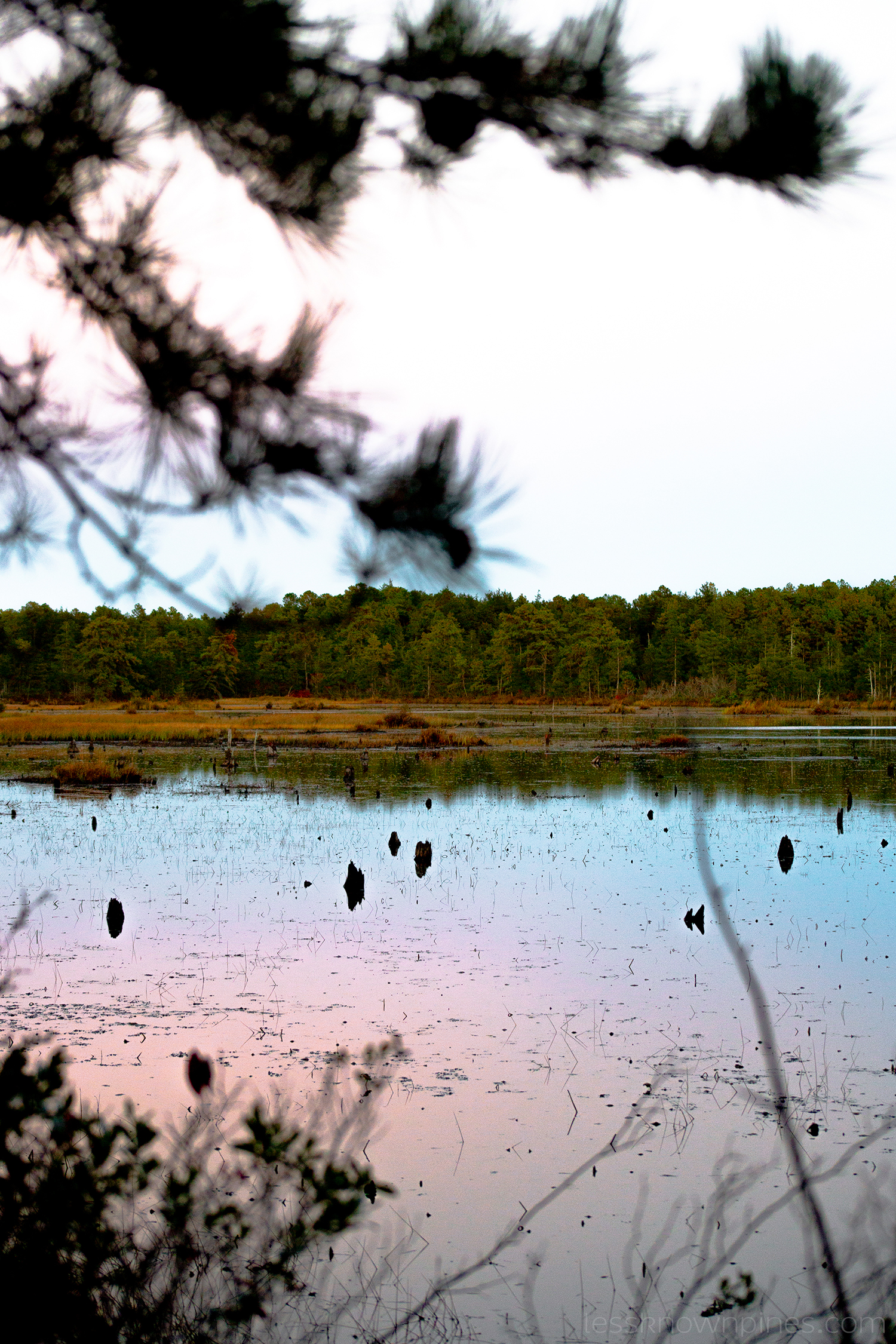
Marshy Swamp
Similar to the ponds and lake-like swamps, the marshy swamps have much more grass and tend to be much shallower. These swamps may be among the first to dry up during a drought, although other swamps can also dry up. When you find marshy swamps, you will usually find 'lake-like' swamps as well.
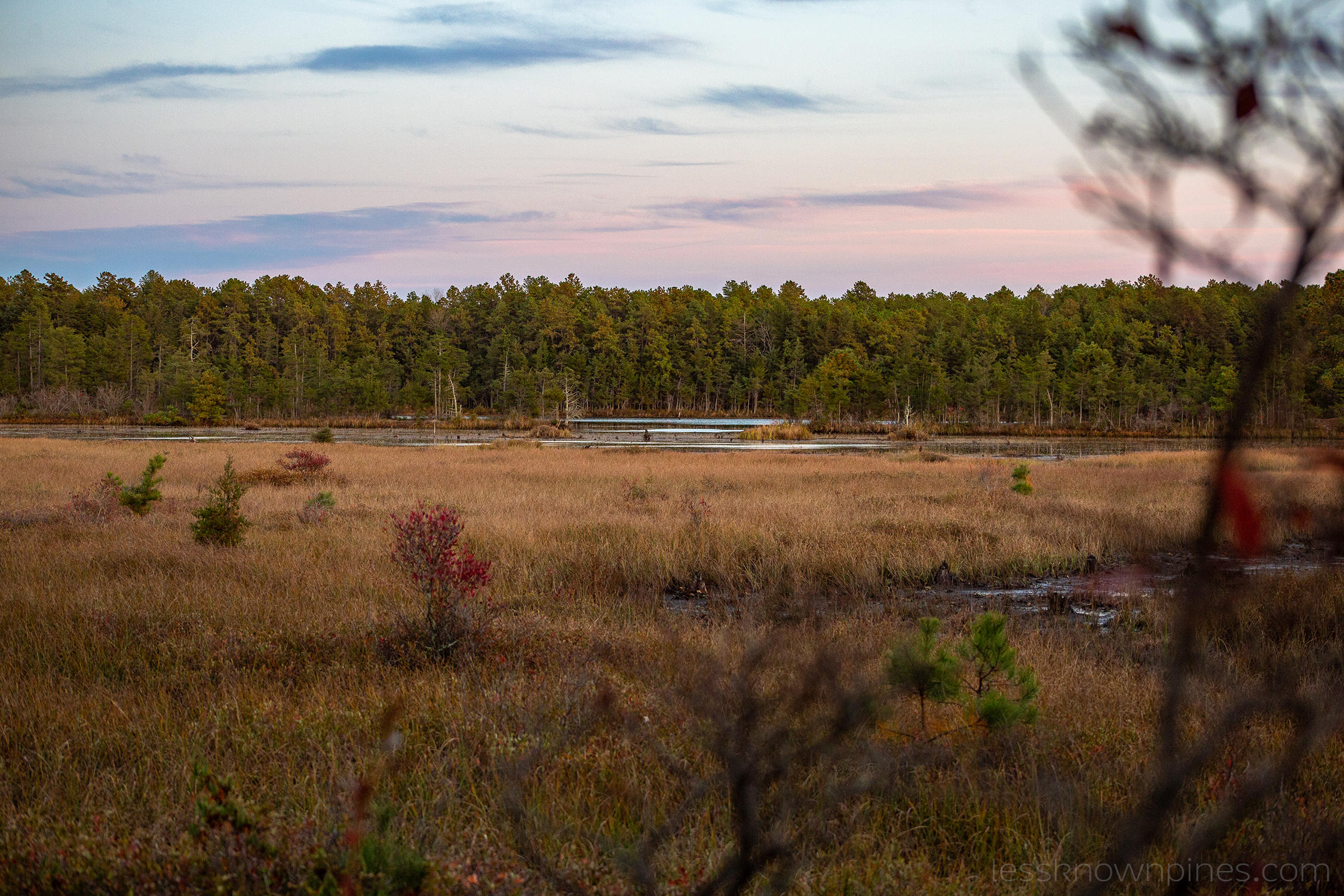 This swamp may have plenty of lake like swamp-land but it has a lot of marsh as well
This swamp may have plenty of lake like swamp-land but it has a lot of marsh as well
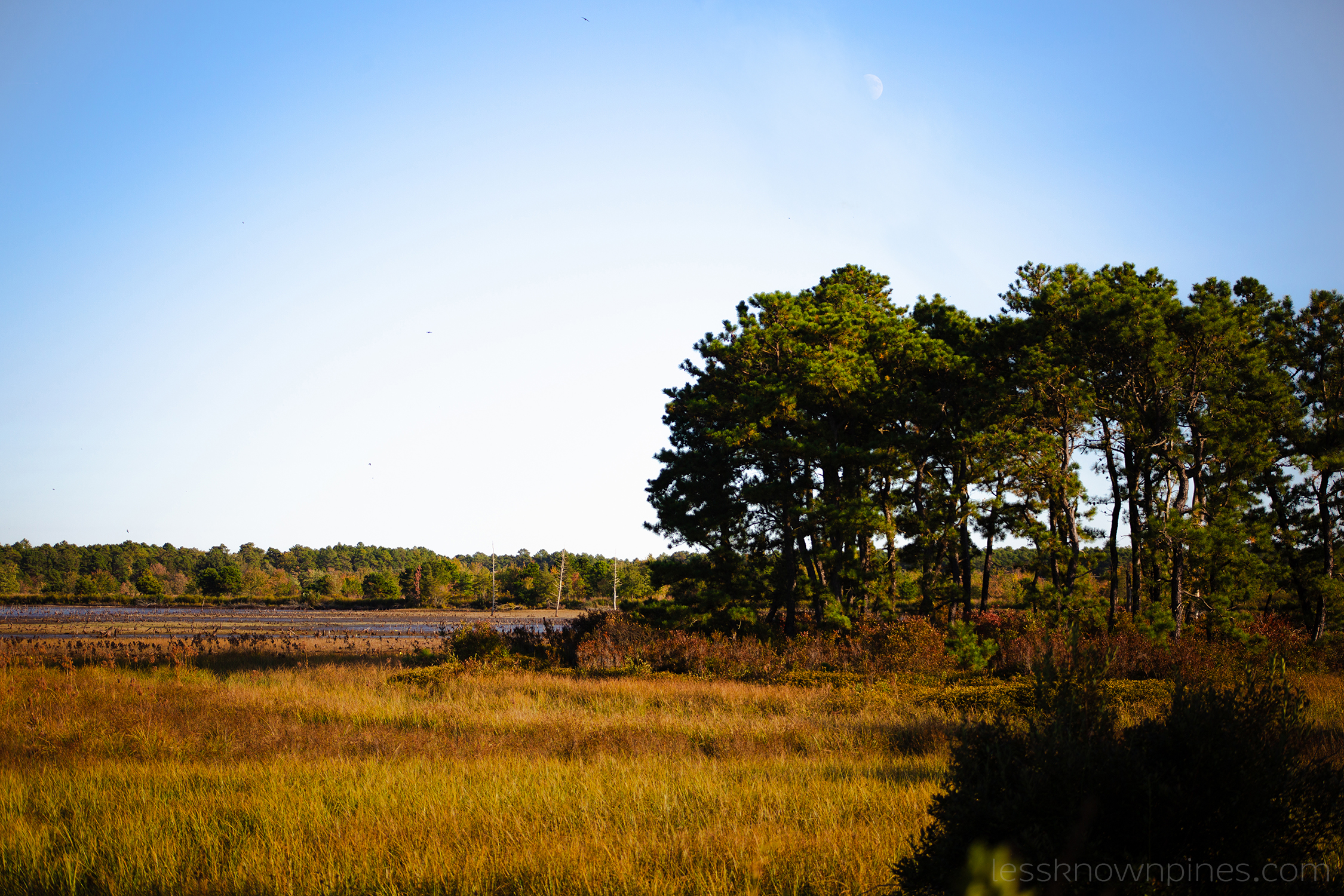 An abundance of marsh before leading to the rest of the swamp -- island of pitch pine trees
An abundance of marsh before leading to the rest of the swamp -- island of pitch pine trees
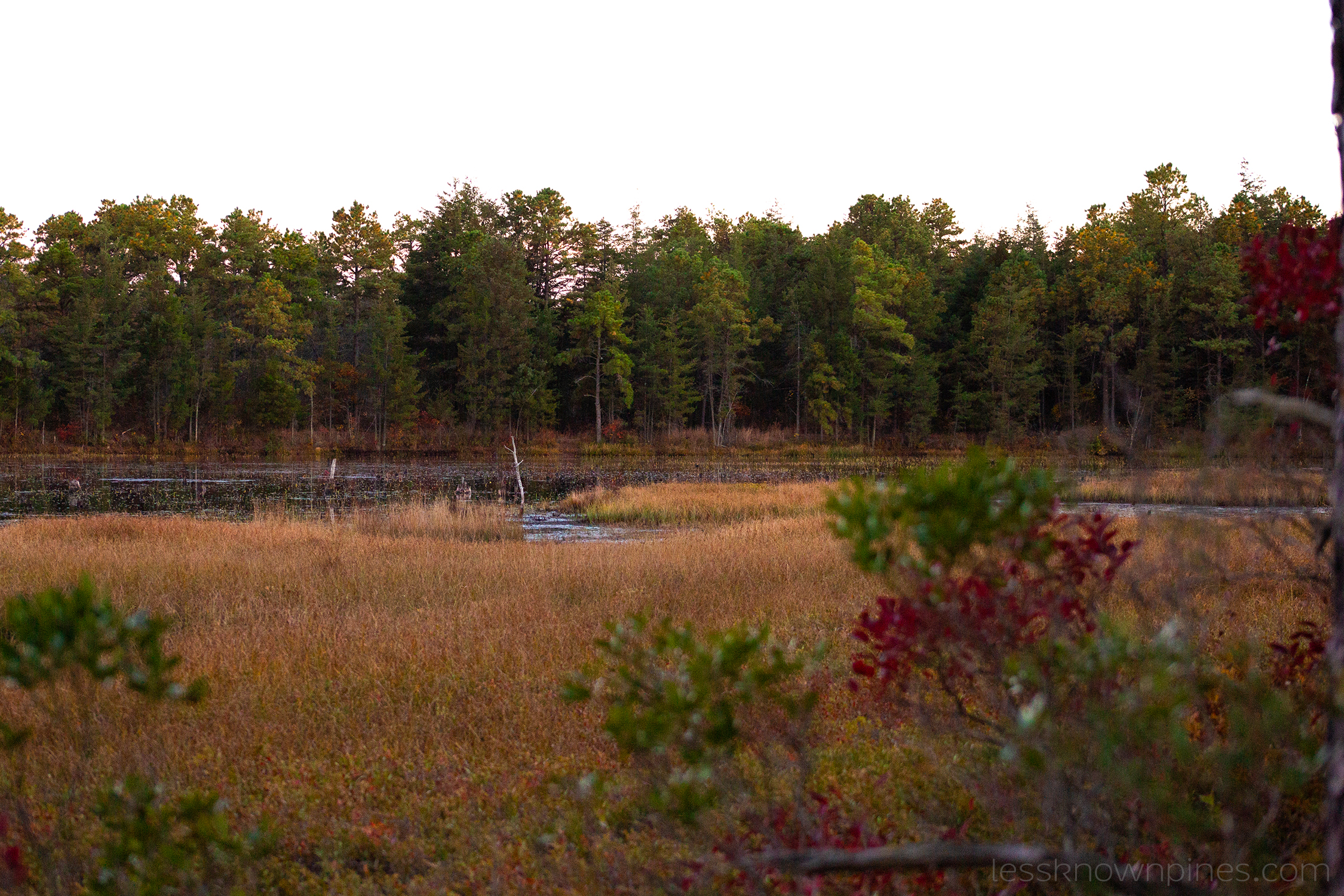 A marshy area that you can only find yourself
A marshy area that you can only find yourself
Lush Swamp
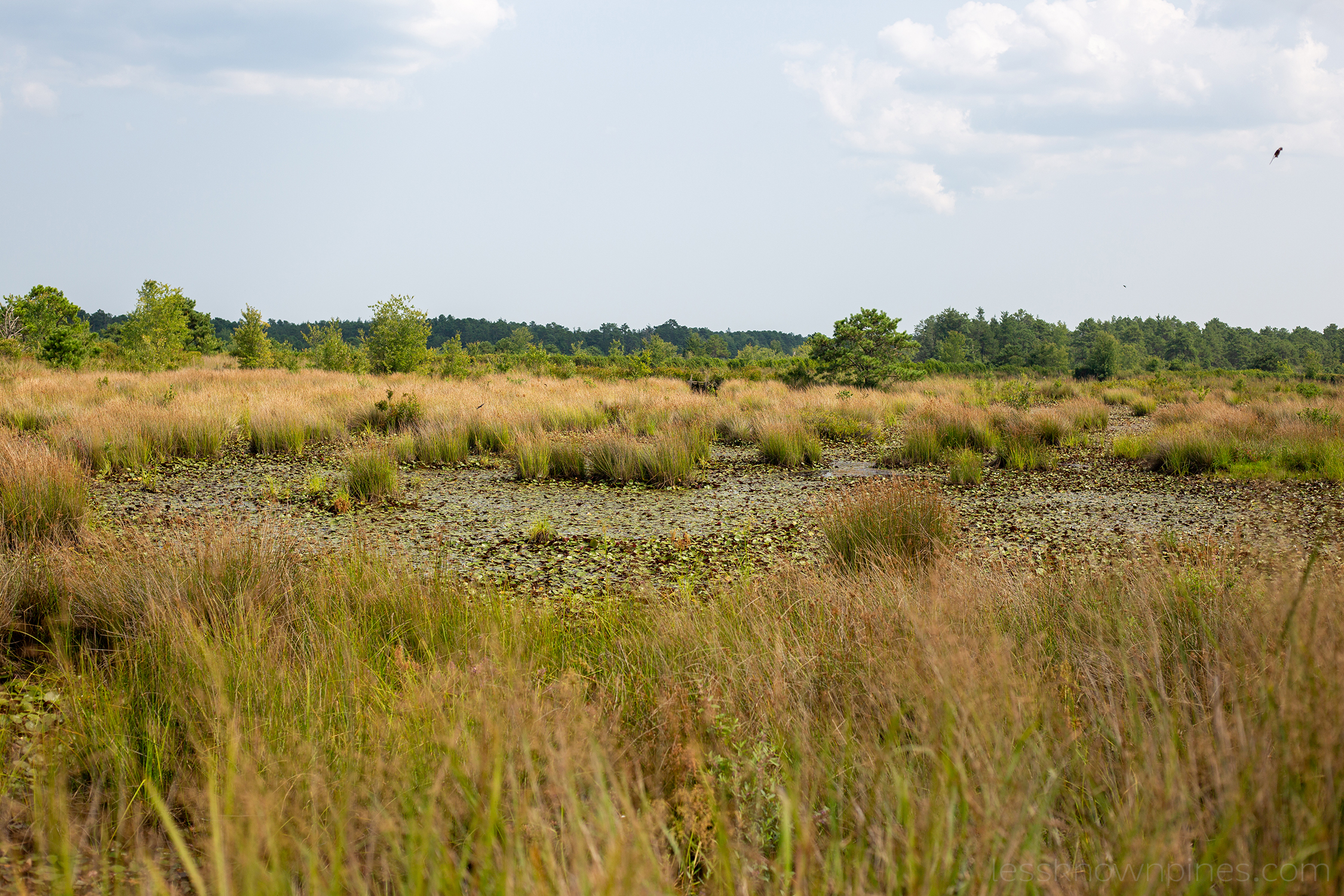 The lush swamp whose area is void of high grasses still isn't free from vegetation
The lush swamp whose area is void of high grasses still isn't free from vegetation
With plenty of water, lush vegetation will flourish—the ideal environment for plants that thrive in damp, sandy, and acidic soils. In the photo below, although it isn't an immediate swamp, it's very close to one and features a whole field of lush bushes and trees.
 Lush vegetation near the swamps
Lush vegetation near the swamps
In the photo, many sweet pepperbushes are living near the swamp. They are mixed in with plenty of other plants like pitch. Notice how the needles on the pitch in the field are larger and more spread out since they receive more direct sunlight.
Other Unique Swamps
Many swamps and wetlands have an invasive species that is known as the common reed. It's also common to find cedar tree skeleton forests near swamps, especially river swamps.
